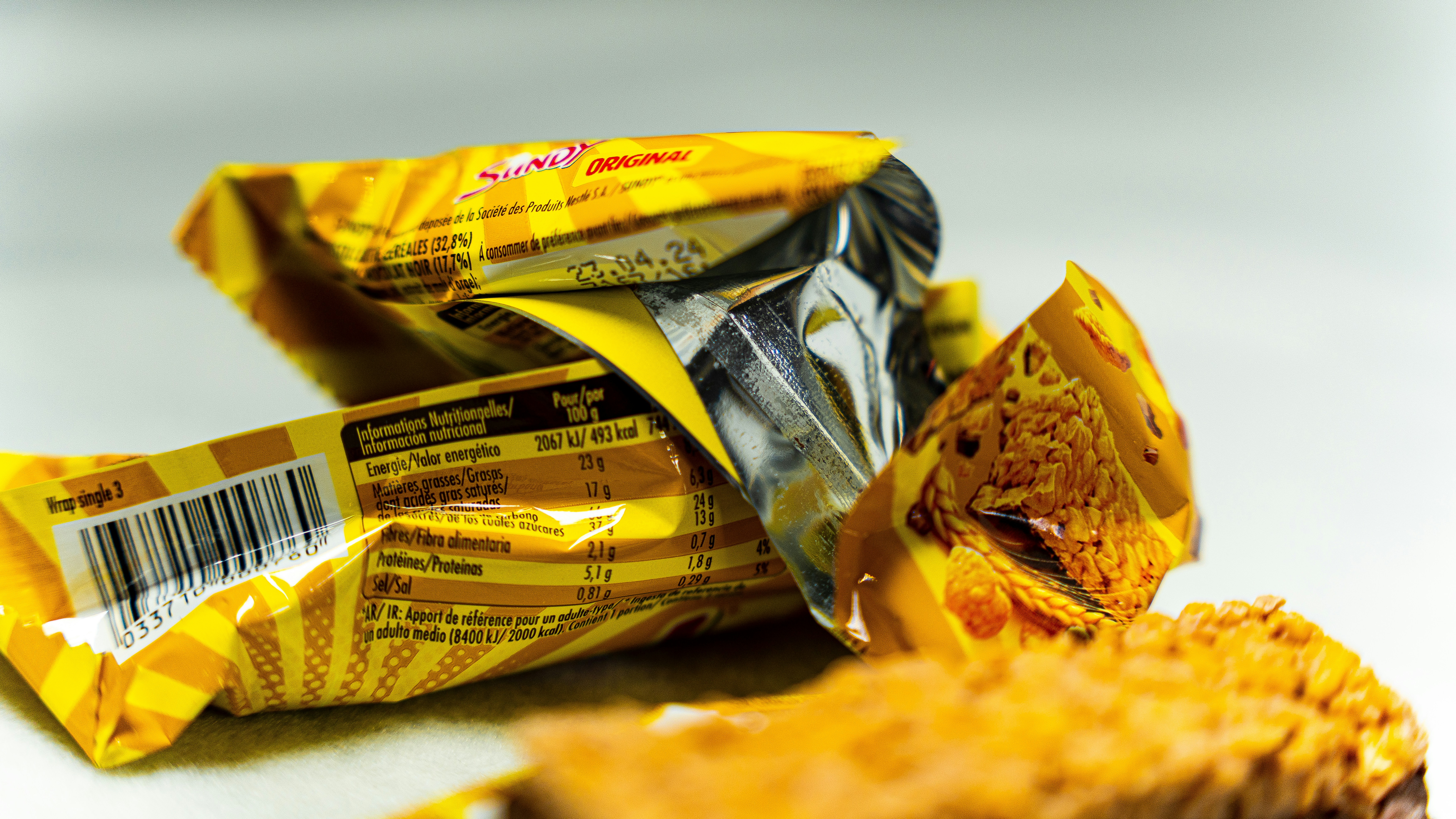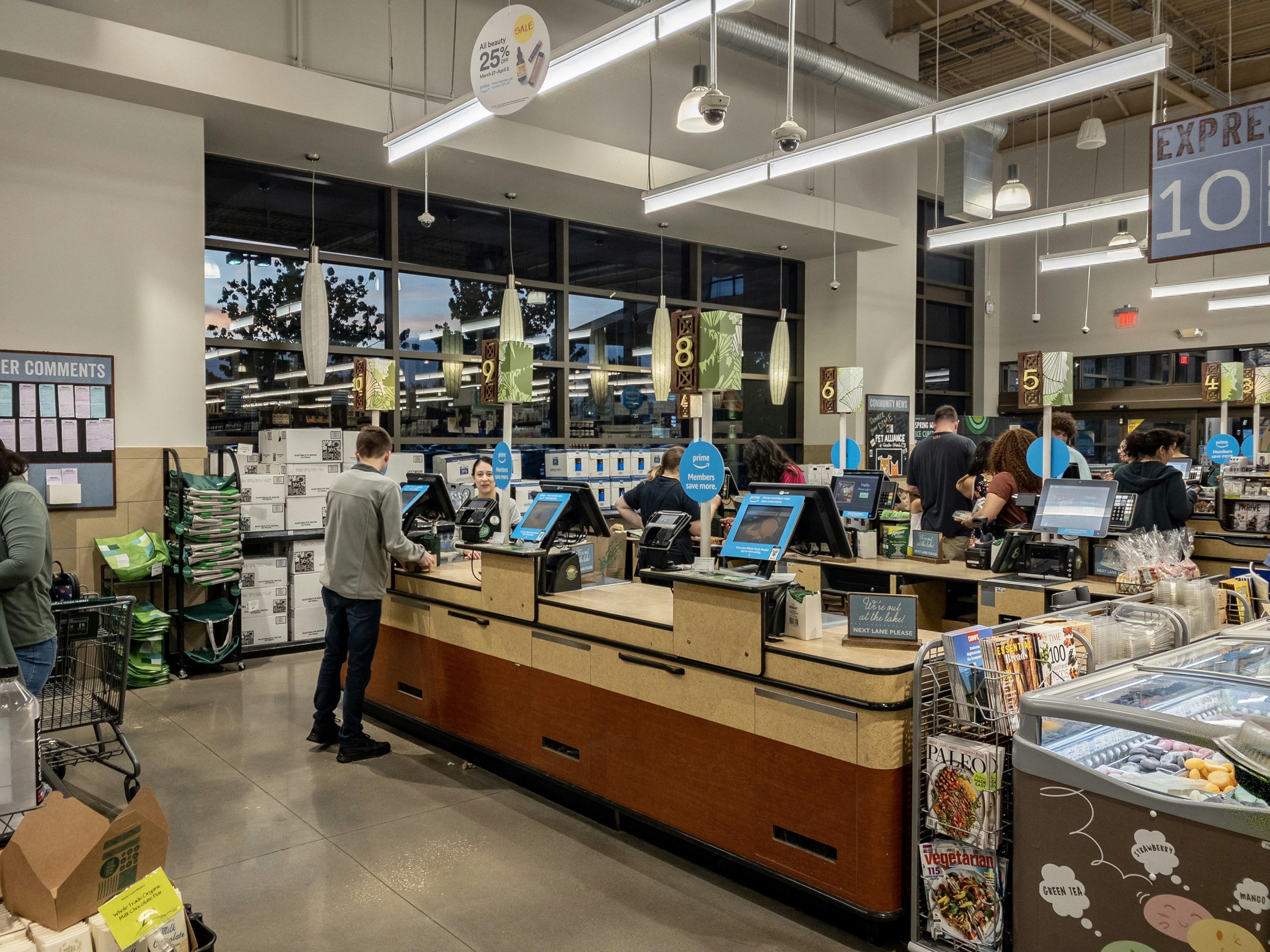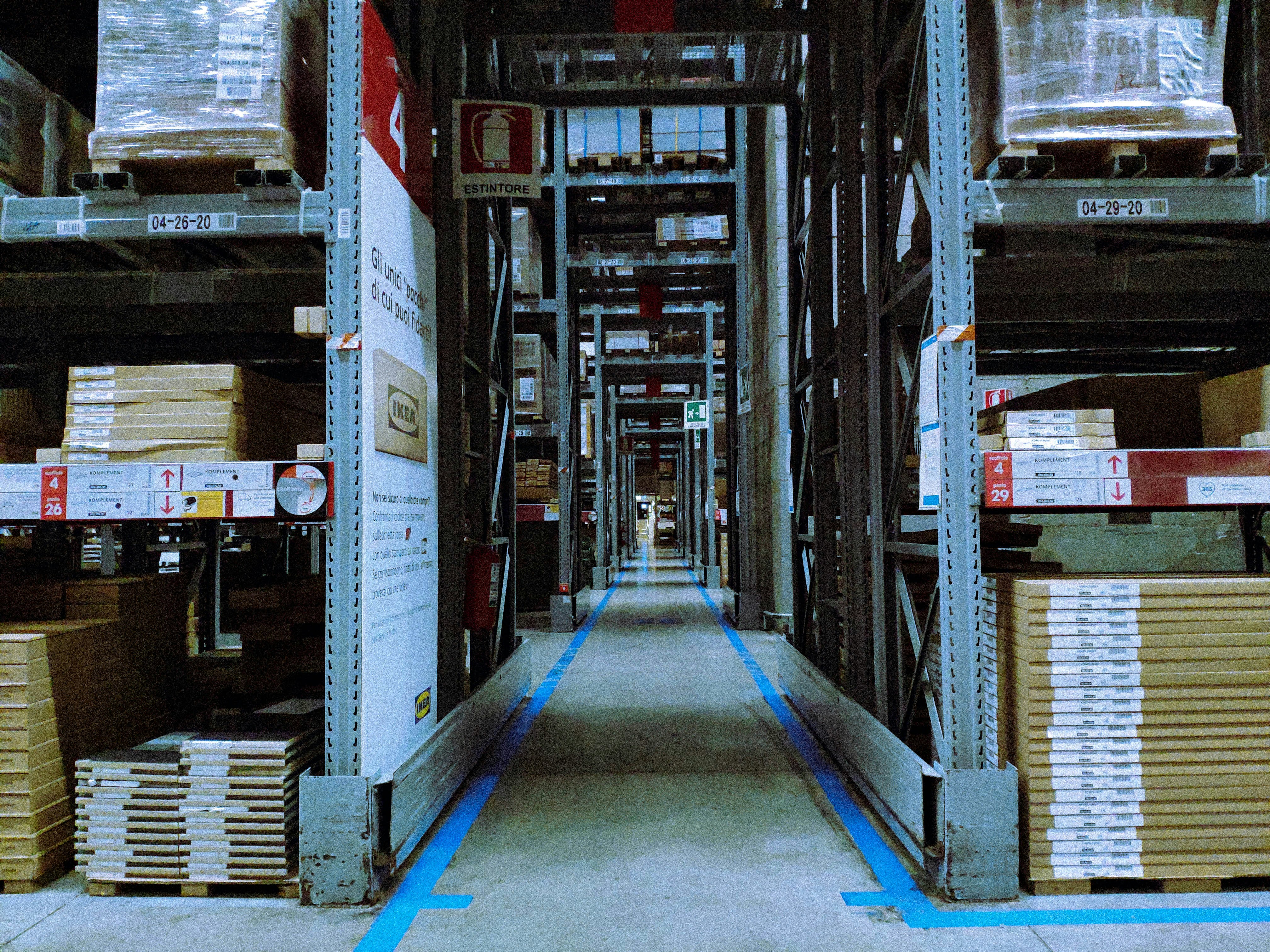Introduction to Nutritional Labels
Nutritional labels serve as vital tools for consumers, providing essential information about the food products they purchase. These labels, often found on packaging, outline various attributes of the food, including calorie counts, macronutrient composition, serving sizes, and ingredient lists. They play a critical role in empowering consumers to make informed decisions regarding their dietary choices and overall health. A well-structured nutritional label can aid individuals in managing their weight, understanding their intake of specific nutrients, and adhering to dietary restrictions associated with conditions such as diabetes or food allergies.
The importance of nutritional labels has grown significantly over the years, driven by increasing public interest in health and wellness. Their evolution can be traced back to early labeling practices that often lacked standardization and comprehensive information. As scientific understanding of nutrition advanced, regulatory bodies implemented more stringent labeling requirements, ensuring that consumers have access to accurate and relevant nutritional data. Modern labeling practices not only depict the nutritional value of food but also aim to promote transparency regarding the methods of sourcing and production.
In today’s fast-paced world, consumers frequently rely on nutritional labels to make quick yet healthy food choices. Many people use this information to compare products and assess their suitability according to personal dietary goals. With the integration of technology, the landscape of nutritional labeling is changing. QR codes are increasingly being employed on labels to provide additional resources and insights, allowing users to delve deeper into the nutritional content and benefits of specific foods. This fusion of traditional labeling with digital elements is poised to make nutritional information more accessible, thereby enhancing the capacity of individuals to make healthier eating choices.
The Rise of QR Codes in Food Packaging
In recent years, the food industry has witnessed a significant transformation with the rise of QR codes on nutritional labels. These two-dimensional barcodes have emerged as a valuable tool for food brands seeking to enhance their connection with consumers. As digital technology continues to evolve, the implementation of QR codes offers numerous advantages that cater to the needs of both manufacturers and consumers alike.
The technology behind QR codes is straightforward yet highly effective. When scanned with a smartphone or tablet, these codes redirect consumers to a wealth of information that goes beyond what is typically available on traditional packaging. This can include detailed nutritional information, sourcing background, allergen warnings, and even recipes involving the product. This instantaneous access to comprehensive data empowers consumers to make more informed food choices, supporting their dietary preferences and health goals.
As sustainability and transparency become increasingly important to consumers, QR codes help bridge the gap between product information and user engagement. Food brands can utilize these codes not only to communicate transparency but also to promote sustainability initiatives, ethical sourcing, or even provide cooking tips that enhance the consumer’s overall experience. With the ability to track engagement through analytics, companies can determine how effectively their products reach and resonate with customers.
Furthermore, the COVID-19 pandemic accelerated the adoption of QR codes as businesses sought contactless solutions to provide information without physical interaction. This shift highlighted the practicality and efficiency of digital labeling, positioning QR codes as an integral component of modern food packaging strategies.
Overall, the rise of QR codes in food packaging illustrates a growing trend towards more interactive consumer experiences. As the food industry continues to innovate, these digital tools will play a crucial role in connecting brands with their audiences, improving accessibility to nutritional information, and promoting better eating practices.
Benefits of QR Codes on Nutritional Labels
Integrating QR codes with nutritional labels offers a multitude of advantages, enhancing both consumer experience and brand engagement. One primary benefit is the provision of enhanced access to detailed nutritional information. Traditional nutritional labels often present information in a limited format, which can impede consumers’ understanding of specific ingredients and their potential impacts on health. With QR codes, manufacturers can direct consumers to comprehensive online databases or websites, where they can explore information such as ingredient sourcing, allergen details, and nutritional breakdowns in greater depth.
Moreover, QR codes facilitate real-time updates for ingredients and nutritional content. In the fast-paced food industry, formulations may change frequently due to ingredient availability or nutritional enhancements. By utilizing QR codes, brands can ensure that consumers are always receiving the latest information without needing to reprint packaging. This dynamic approach not only reflects transparency but also instills consumer confidence in product reliability and safety.
Furthermore, QR codes serve as a vital tool for brands to share promotional content and additional resources directly with consumers. This capability allows for the dissemination of recipes, cooking tips, and nutritional advice, which can be particularly beneficial for individuals seeking to make informed dietary choices. By connecting with customers through interactive content, brands can foster a deeper relationship with their audience, ultimately enhancing brand loyalty and awareness.
In essence, the incorporation of QR codes into nutritional labels not only streamlines the communication of vital information but also enriches the overall consumer experience. As more manufacturers recognize these benefits, the utilization of QR codes is likely to become a standard practice within the industry.
How to Use QR Codes on Nutritional Labels
QR codes on nutritional labels have become valuable tools for consumers seeking detailed information about the products they purchase. To take advantage of these codes, it is essential to follow a straightforward process. Firstly, ensure you have a smartphone with a camera, as this is the primary tool needed for scanning QR codes. Most modern smartphones come equipped with built-in scanning features within the camera app, eliminating the necessity for additional software.
To scan a QR code, simply open your camera application and point it toward the code. Ensure the QR code is well-lit and in focus for optimal scanning. Once the code is recognized, a notification will pop up on your screen, prompting you to access the embedded link. Tap on the notification, which will direct you to the information webpage associated with the product. This webpage often includes extensive details such as ingredient sourcing, allergen information, nutritional breakdowns, and often tips for proper storage and preparation.
While using QR codes, it is vital to maintain a secure scanning experience. Make sure that the product packaging appears intact and that the QR code is not damaged or altered. To further enhance safety, only scan QR codes from trusted brands or familiar sources. This vigilance helps mitigate the risk of phishing attacks that might be masked as legitimate product information. When exploring the additional data provided through the QR codes, take note of factors that might affect your dietary choices, including nutritional benefits or potential allergens.
Utilizing QR codes effectively empowers consumers to make informed decisions about their food choices, bridging the gap between packaging and digital information. As more companies adopt this technology, it is advisable to stay proactive in using these codes to glean valuable insights into the nutritional value of the products you consume.
Challenges and Limitations of QR Codes in Nutritional Labels
The integration of QR codes in nutritional labels presents several challenges and limitations that merit consideration. One significant issue is consumer accessibility. Although smartphones have become increasingly prevalent, not everyone possesses the technology necessary to scan QR codes. Older adults and individuals from lower socioeconomic backgrounds may not have access to smartphones or the internet. This discrepancy can create a divide where tech-savvy consumers can easily access nutritional information, while others remain uninformed, undermining the universality intended by such labeling innovations.
Furthermore, the potential for misinformation poses a serious concern. QR codes can link to a variety of online platforms where nutritional information may be displayed inaccurately or even manipulated. Unscrupulous sources could present misleading data that could adversely affect consumer choices. This issue emphasizes the importance of ensuring that the information provided through QR codes is reliable, consistently updated, and sourced from trusted agencies to mitigate risks associated with misinformation.
Moreover, there is a dependency on technology that may disproportionately affect certain populations. Individuals living in rural areas might experience limited internet connectivity, hindering their ability to access information through QR codes. Additionally, the reliance on technology could impact those with physical disabilities or visual impairments, who may find it challenging to interact with QR codes. As such, while QR codes enhance information delivery, they also amplify existing barriers faced by various demographic groups.
Ultimately, addressing these challenges requires a balanced approach that considers both the advancements in technology and the diverse needs of consumers. Solutions like providing alternative methods for accessing nutritional information should be explored to ensure inclusivity and equitable access for all individuals, regardless of their technological capabilities.
Consumer Perspectives: Survey Insights
Recent survey findings indicate a growing awareness among consumers regarding the presence and functionality of QR codes on nutritional labels. An overwhelming majority expressed familiarity with these codes, recognizing their potential to enhance food purchasing decisions. In fact, approximately 68% of respondents reported having encountered QR codes on product packaging at least once, demonstrating a notable engagement with this modern labeling technology.
Frequency of usage appears to vary, with survey responses highlighting that about 40% of consumers scan QR codes regularly when shopping. This trend suggests a shift in consumer behavior, as individuals increasingly seek additional information before making informed dietary choices. Notably, young adults aged 18 to 34 demonstrated the highest engagement levels, indicating a preference for technology-integrated shopping experiences driven by their familiarity with smartphones and digital content.
When analyzing the types of information accessed through QR codes, consumers indicated a clear preference for nutritional details, ingredient sourcing, and allergen information. Approximately 55% of respondents expressed a desire for more extensive transparency about food origins, while 47% specifically sought improved nutritional labeling. This reflects a broader demand for data that goes beyond traditional label information, aligning with increasing consumer interest in health and wellness trends.
Overall satisfaction with QR codes on nutritional labels has also been favorable, with 72% of participants appraising the feature as a valuable addition. Many articulated appreciation for the convenience and ease of access to detailed product information. Nevertheless, concerns regarding the internet accessibility required to utilize QR codes were mentioned, highlighting an area for improvement. By understanding consumer perspectives through surveys, stakeholders can optimize the integration of QR codes in food labeling, ensuring that this technology serves to enhance accessibility and transparency in nutritional information.
QR Codes and Food Safety
The integration of QR codes into food labeling represents a considerable advancement in enhancing food safety within the industry. By scanning these codes with a smartphone, consumers can easily access a wealth of information related to product safety, ingredient sourcing, and compliance with safety standards. This accessibility promotes transparency, thereby building trust between consumers and food producers.
One of the primary applications of QR codes is in recall notifications. In the event of a food safety issue, such as contamination or mislabeling, brands can quickly update information associated with their products. For instance, if a batch of a certain food item is found to be unsafe, manufacturers can alert consumers through QR code notifications, ensuring that those who have purchased the affected product are informed proactively. This immediate communication minimizes health risks and demonstrates a brand’s commitment to consumer safety.
Additionally, QR codes provide details about ingredient sourcing, which is critical in today’s market where consumers are increasingly demanding transparency regarding what goes into their food. By scanning a QR code, consumers can trace the origins of ingredients, including whether they are organic, non-GMO, or sourced sustainably. Brands like Nestlé and Kraft Heinz have already adopted this technology to offer detailed reports on ingredient journeys, fostering greater accountability in food production.
Moreover, QR codes are useful in offering safety certifications and quality assurance information. For instance, codes may link to documentation proving compliance with local food safety regulations or certifications from trusted organizations. Such information not only helps consumers make informed decisions but also encourages food producers to adhere to stringent safety measures. Thus, by utilizing QR codes, brands contribute to a safer food supply chain while empowering consumers with knowledge crucial for their health and well-being.
Future Trends: QR Codes and Nutritional Labels
The landscape of food labeling is poised for transformation as technology advances, particularly through the integration of QR codes on nutritional labels. As consumers become more health-conscious and seek personalized nutrition, the demand for transparent, accessible information is increasing. In the future, we are likely to see more sophisticated use of QR codes that link to a wealth of data, including detailed nutritional information, sourcing transparency, and even interactive educational content. This trend will empower consumers to make informed choices tailored to their dietary needs and preferences.
Moreover, potential regulatory changes may play a significant role in shaping the use of QR codes on labels. Governments and health organizations could implement guidelines that require food manufacturers to include QR codes to enhance compliance with nutritional standards. Such regulations would not only foster accountability among producers but also elevate the importance of health education in consumer decisions. As a result, manufacturers who adopt these practices may gain a competitive edge in the market.
Innovation in labeling practices is also on the horizon as food manufacturers recognize the potential of QR codes to engage consumers. We may witness the development of augmented reality experiences through QR codes, allowing consumers to visualize the health benefits of products or learn about sustainable farming practices associated with the foods they purchase. Additionally, personalized nutrition plans could be linked through these codes, enabling users to see how specific products fit into their overall health strategies.
In conclusion, the future of nutritional labels with QR code integration holds great promise. As technology evolves, regulatory frameworks adapt, and food manufacturers innovate, consumers can look forward to enhanced engagement and a better understanding of their food choices, ultimately leading to improved health outcomes.
Conclusion
As the landscape of nutrition continues to evolve, QR codes on nutritional labels emerge as a vital tool for both consumers and the food industry. These codes represent more than just a technological advancement; they serve as a bridge connecting individuals with the comprehensive information they require to make informed dietary choices. By simply scanning a QR code, consumers can access a wealth of data, including detailed nutritional information, allergen alerts, and even sourcing practices of the ingredients utilized in their food products.
The integration of QR codes enhances transparency, allowing consumers to engage actively with the products they purchase. This shift towards accessible information empowers individuals to assess the nutritional value of their food more thoroughly, enabling them to align their choices with personal health goals and dietary needs. Moreover, it fosters a culture of informed consumption, encouraging manufacturers to maintain high standards in labeling practices and ingredient sourcing.
Furthermore, as more brands adopt this digital approach, the potential for consumers to understand and leverage their nutrition becomes significantly enriched. QR codes not only facilitate better awareness about food items but also promote healthier eating patterns by improving the overall understanding of what constitutes a balanced diet. With this technology at their fingertips, consumers are encouraged to scrutinize nutritional labels more closely and take charge of their health with confidence.
In conclusion, QR codes on nutritional labels mark a transformative step in the way consumers interact with food. By utilizing this technology, individuals can make decisions that are better informed, ultimately leading to improved health outcomes. As consumers embrace this modern tool, the path to a healthier lifestyle becomes more navigable and empowered.
© barcodly.com- All rights reserved





